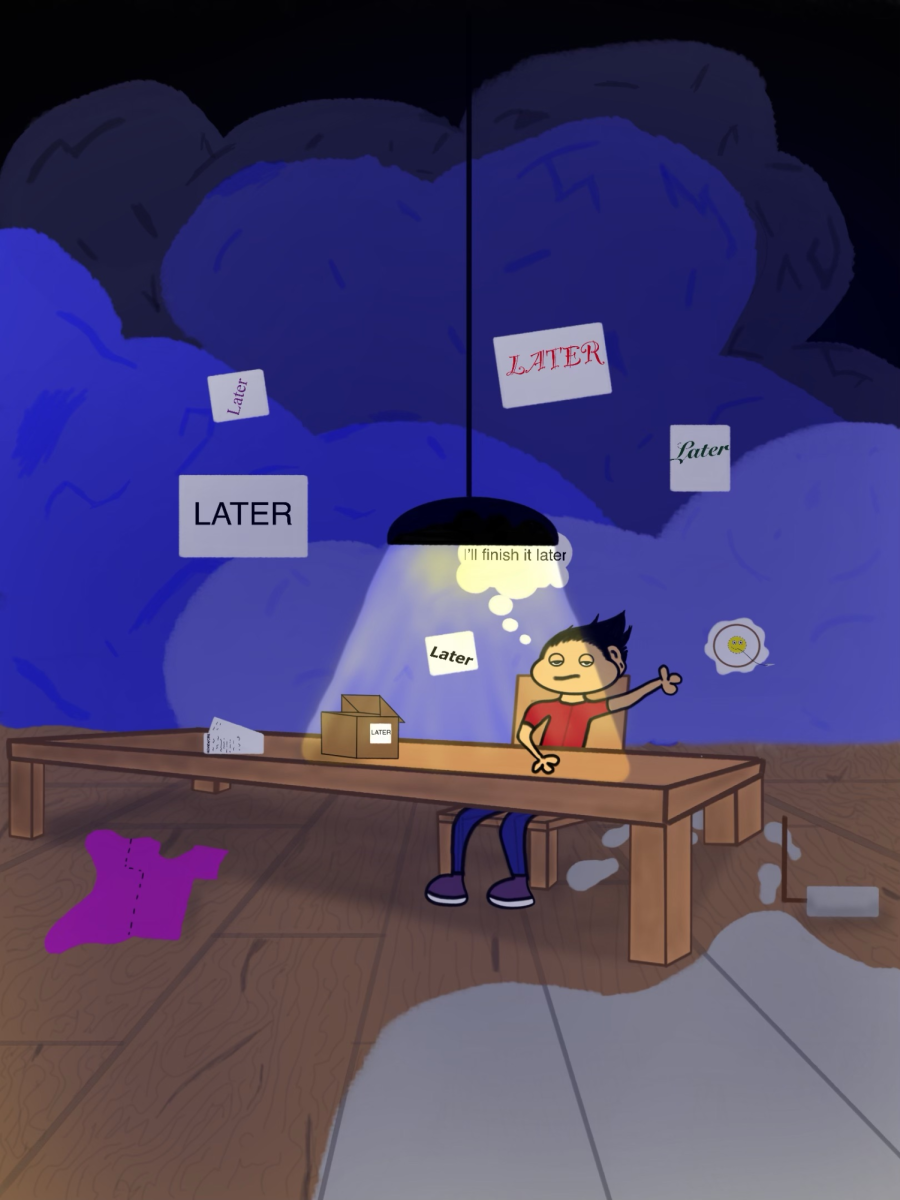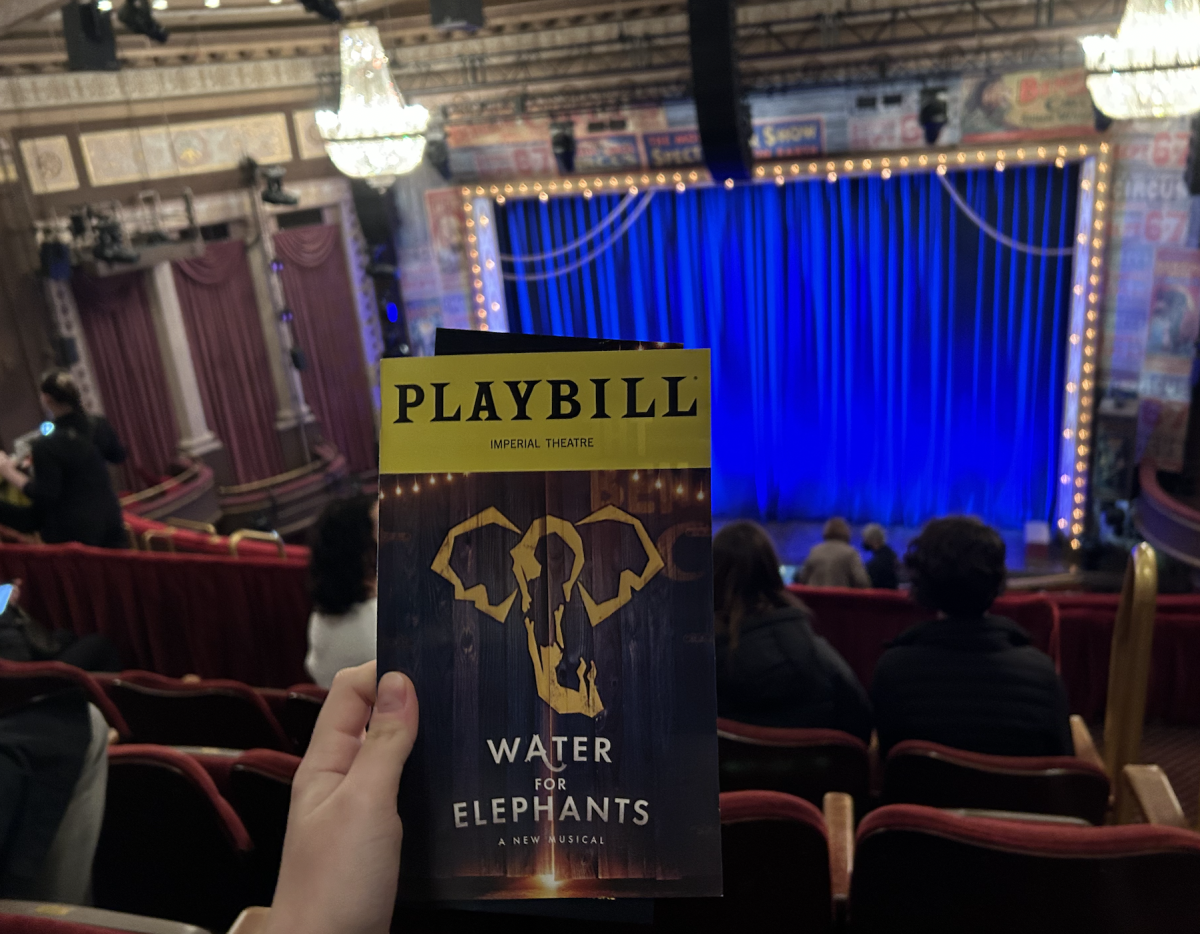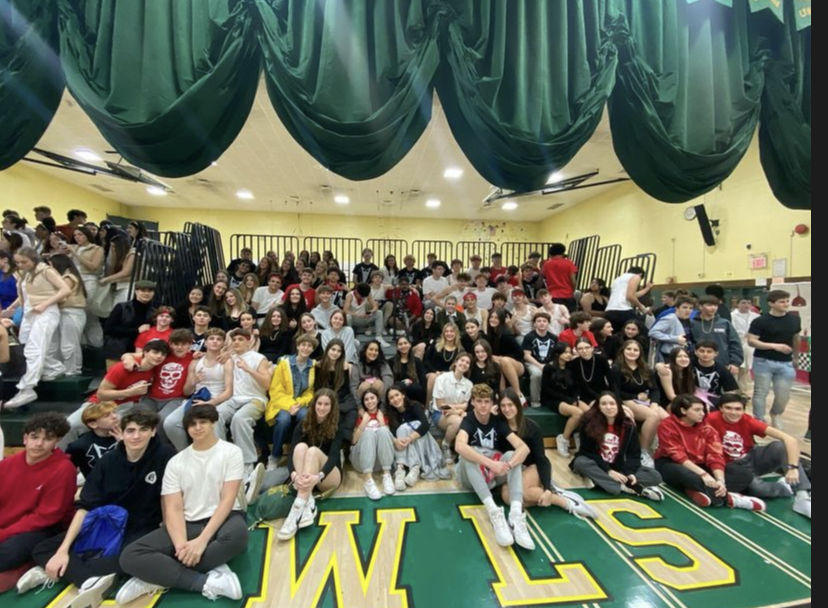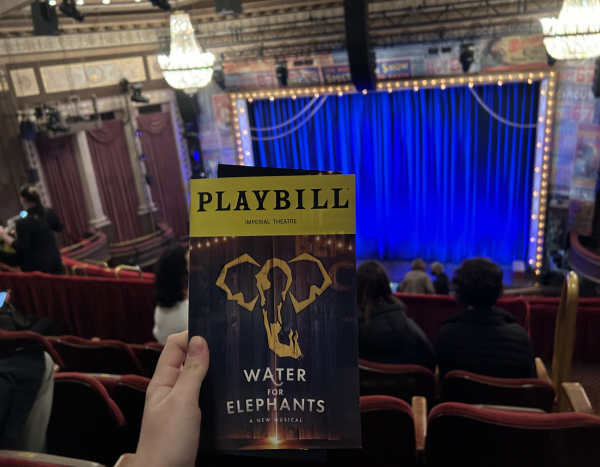A Tribute to Stan Lee
Stan Lee, the comic book icon who began the widely impactful franchise Marvel, passed away Nov. 12. The successful pop culture influencer died of breathing difficulties and heart failure after being taken to Cedars-Sinai Medical Center in Los Angeles.
Originally named Stanley Martin Lieber, Lee was born Dec. 28, 1922. He later changed his name in the ‘70s to Stan Lee. Lee’s parents were immigrants from Romania who moved to New York. According to The New York Times (“Stan Lee Dead at 95; Superhero of Marvel Comics”), “Stanley began reading Shakespeare at 10, while also devouring pulp magazines, the novels of Sir Arthur Conan Doyle, Edgar Rice Burroughs, and Mark Twain, and the swashbuckler movies of Errol Flynn.” After years of appreciating and admiring the work of others, Lee started his career in the ‘30s working at Timely Comics, owned by Martin Goodman.
Lee started low on the food chain at Timely Comics, but eventually he was editing and writing. Lee was named chief editor when Jack Kirby (artist) and Joe Simon (writer) left the company.
From 1942 to 1945, Lee served in the army. He was a World War II veteran who acted as a “playwright,” writing training scripts and manuals for the Signal Corps. Only nine people in the army were given this designation. After his time spent in the military, Lee went back to Timely Comics and would soon have a large impact on the type of heroes that were being released to the world.
During the golden age of comics (the early ‘50s), there was turmoil over the social acceptance of comic book content. People argued against comic book content, believing it was lewd, indecent, and too gory. Parents worried the content would give youth the wrong idea, and in response to the demand for censorship, the Comics Code Authority was founded. The Comics Code Authority filtered and refined the content that could be published. Entertaining humor and plot points concerning social topics were no longer tolerated. The comics published after the Comics Code Authority were bland and boring to read.
DC Comics’ popular characters in The Flash and the Justice League were reinvented near the start of the comic book silver age (starting by the late ‘50s), which also encompasses artistic developments and marketing milestones.
Timely Comics eventually morphed into Atlas Comics, then grew into the well-known Marvel. During the beginning of the Silver Age, DC and Marvel were rising competitors fighting for the top spot on the market.
To compete with the newfound popularity of DC’s characters, Lee was nudged to create well- rounded characters that could compete and dominate the market. Straying from the clean-cut perfection of superheroes during the time, Lee gave his characters flaws and relatable obstacles of everyday life. His characters felt jealousy and anger, and his comics touched on social issues like the Vietnam War and political elections.
Lee helped develop the Fantastic Four, showcasing characters that had moral, emotional, and financial issues. The appeal of imperfect characters guided Marvel to the top of the market and beat DC in sales.
Along with the realism Lee brought to the comic world, his characters were established in the real world, unlike previous characters that existed in fictional settings. The popular comic Iron Man was set in the middle of the bustling city of Manhattan, New York,where Tony Stark managed his company in a fictional building.
Aside from thoroughly developed storylines, Lee incorporated humor in his comics. Character rivalries and bickering were opportunities for humor to shine through and add depth to his comics.
Lee founded Pow Entertainment to develop Superhero movies, but he received no royalties and later sued Marvel. Three years after the settlement, President George Bush gave Lee the American National Medal of the Arts in 2008. The following year Marvel Entertainment was bought by Disney for $4 billion. Since the Disney buyout, Marvel has released several hit movies including Black Panther, The Avengers Infinity War, and Guardians of the Galaxy. The movies let fans connect to and see their favorite characters come to life on the big screen and have smashed box office records, becoming widely popular with a broad spectrum of fans. Lee’s leadership role and involvement in the comic book industry helped validate the legitimacy of comic book entertainment.
While Lee was one of the most iconic superhero masterminds, many of the people who worked with him blame him for not properly crediting them for their collaborative work. According to artists who worked with Lee in the past, they were not given full credit for their artistic contributions.
Lee was honored with a star on the Hollywood Walk of Fame and is survived by his daughter, Joan. Lee’s incomparable work in the comic industry not only led to the massive Marvel movie industry but brought cherished characters to life and formed a widespread and growing community of fans and enthusiasts.
I am a member of the class of 2021 at Lynbrook High School. I am a journalism student.










































